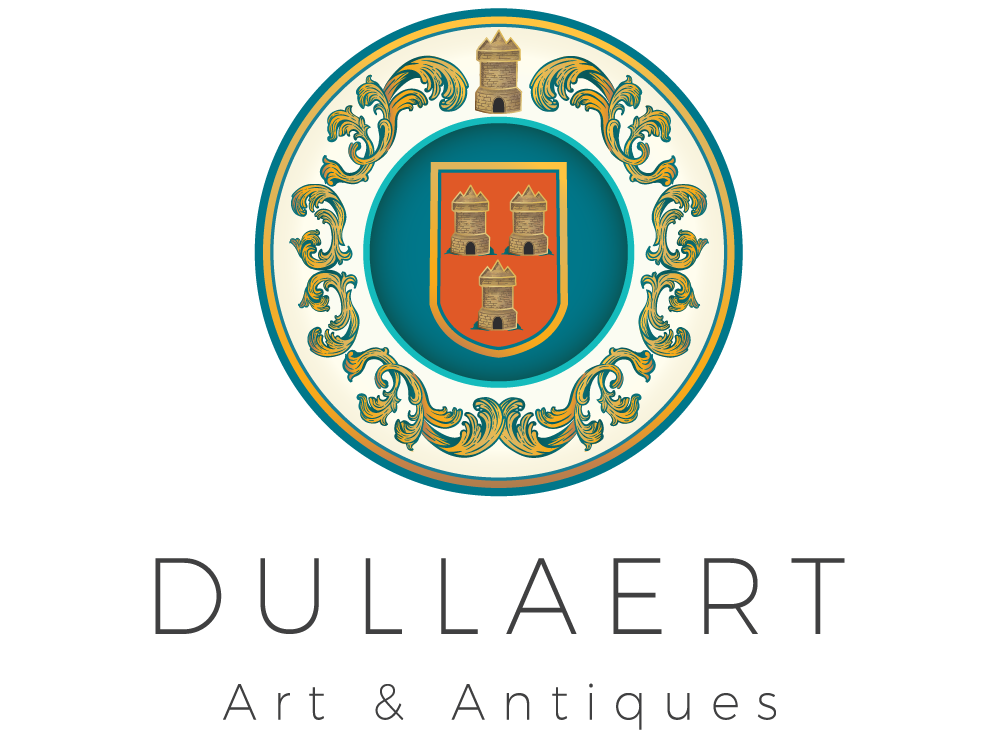Dullaert Art & Antiques
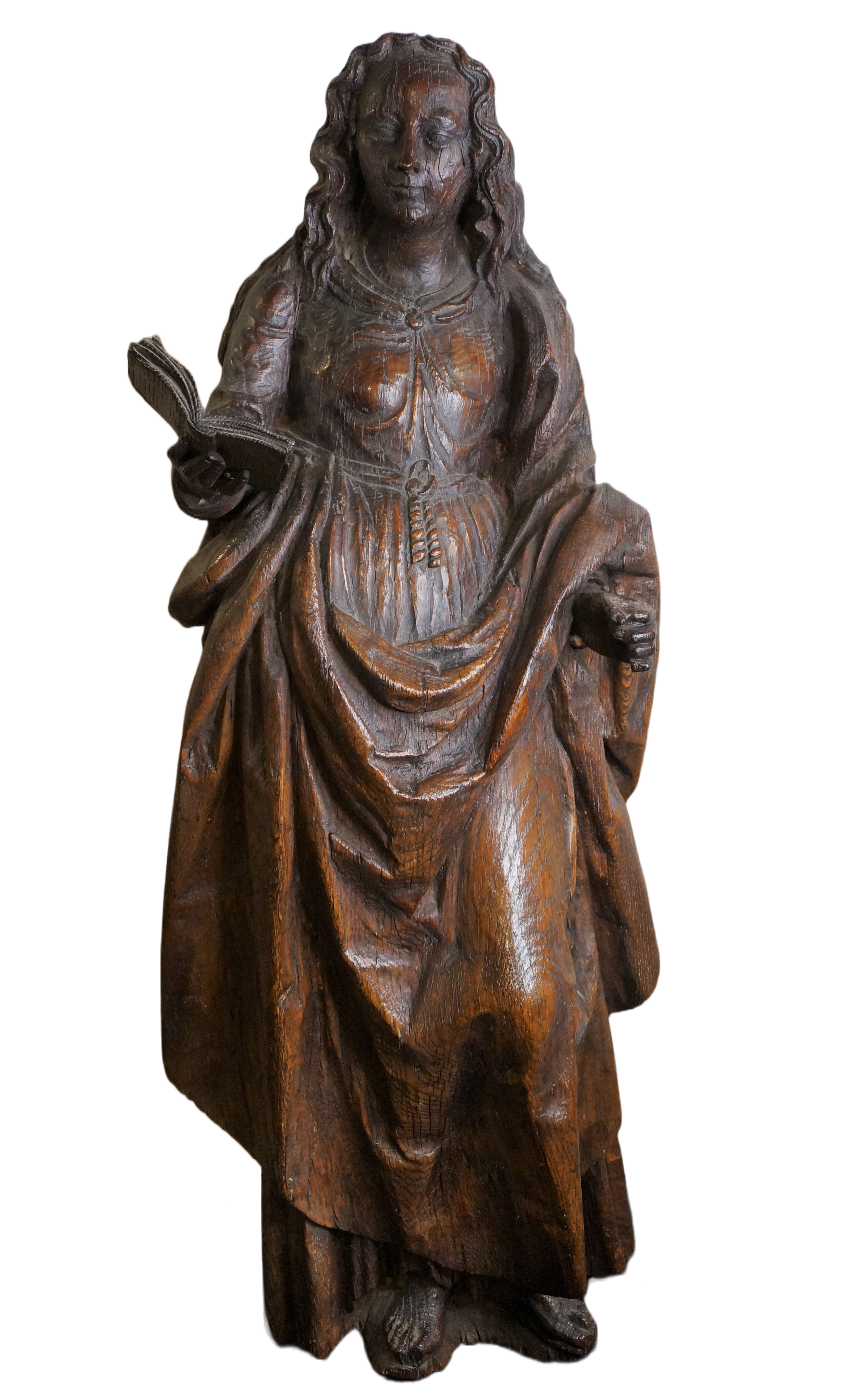
Descubra nuestras últimas adquisiciones
-
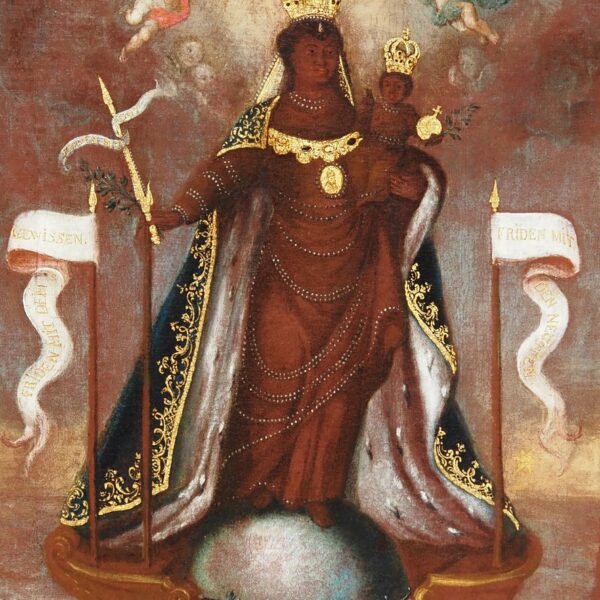
Sancta Maria de Pace
-
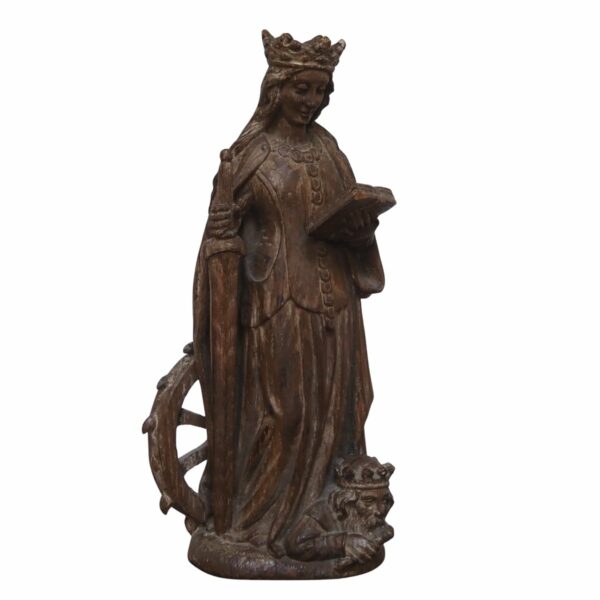
Saint Catherine of Alexandria, early 17th century
€2.950,00 -
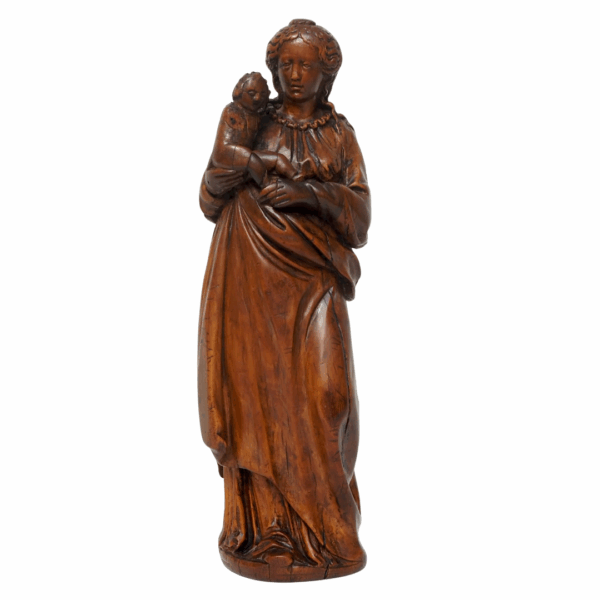
Virgin and Child, 17th century
€2.250,00 -
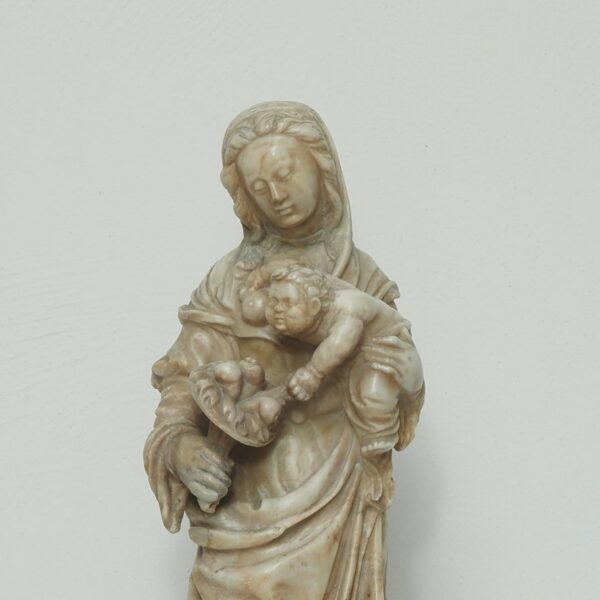
Madonna with Child and cornucopia
-
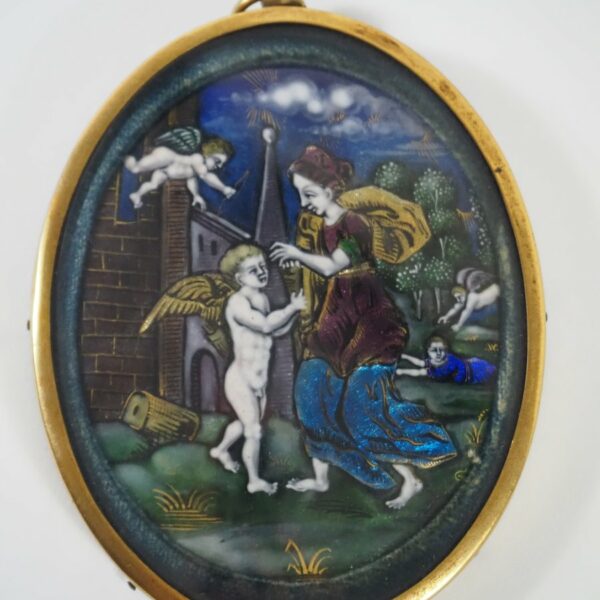
oval enamel plaque, 19th century
€950,00 -
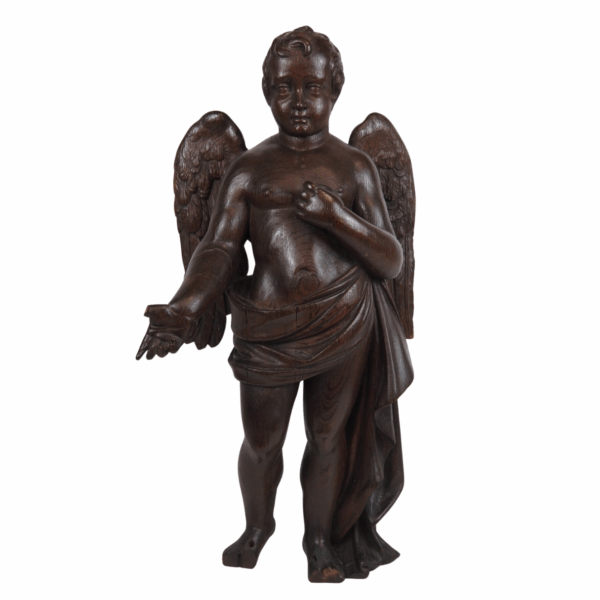
Wooden sculpture putto
€850,00 -
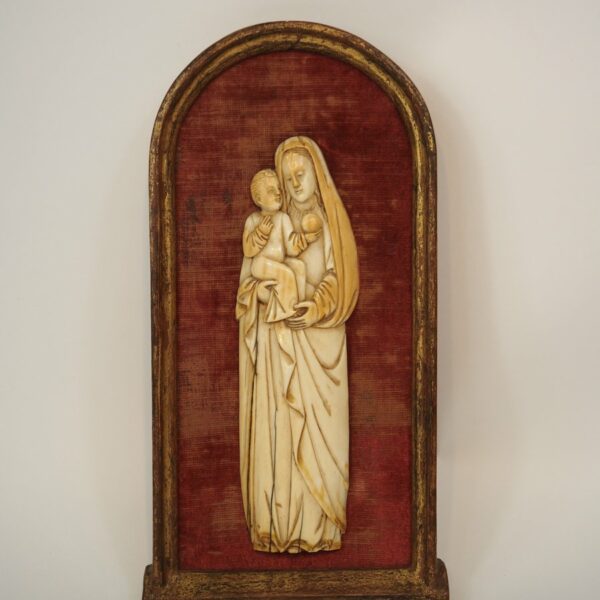
Ivory relief Mary and Child
€1.950,00 -
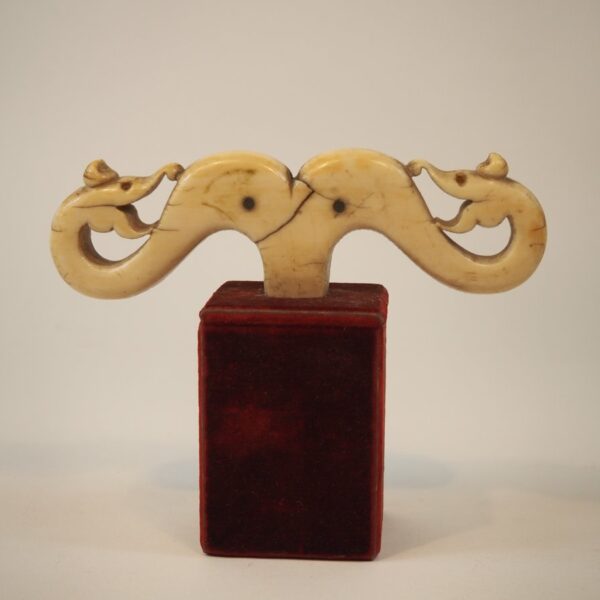
Báculo de marfil - Cruz de Tau, siglo XVII o anterior
€5.500,00 -
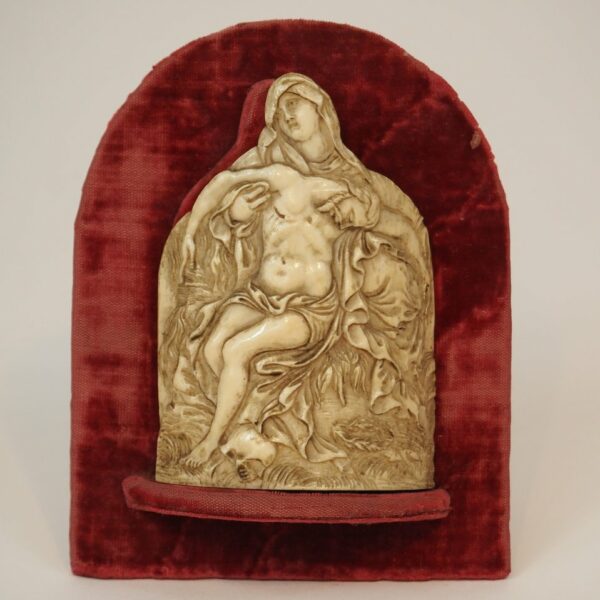
ivory relief Pieta
€1.500,00 -
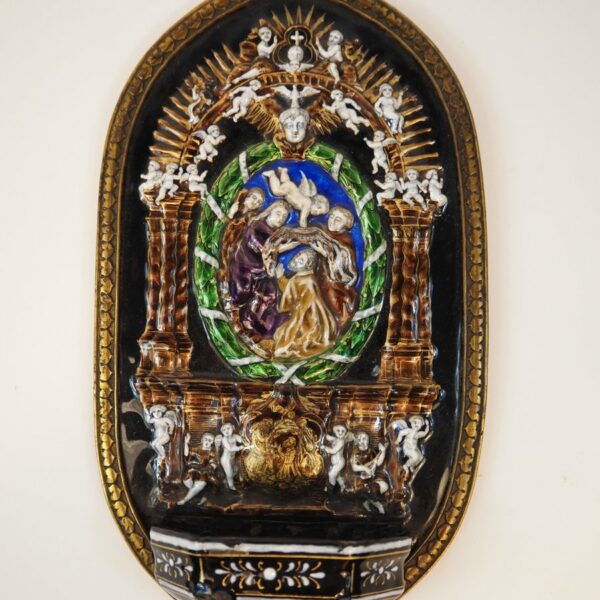
Limoges Holy water font, 19th century
€850,00 -
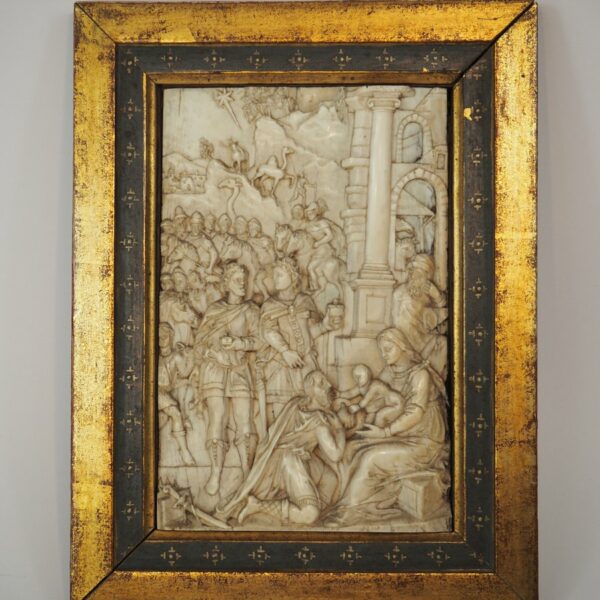
Ivory relief the Adoration of the Three Kings
-
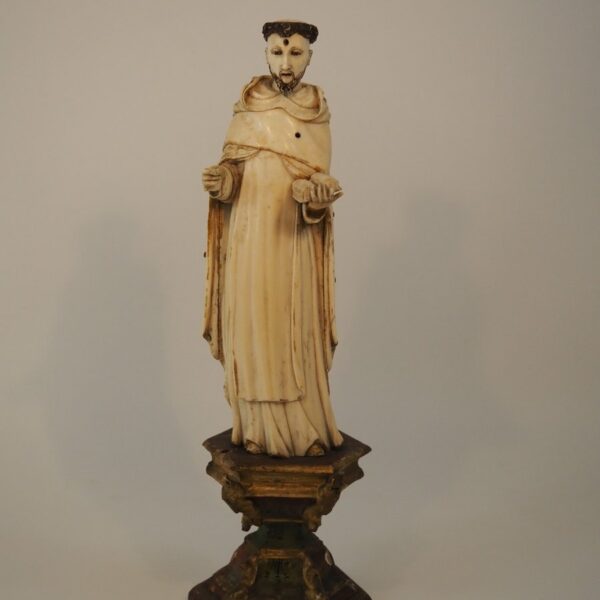
Mendicant Monk, Hispano-Filipino school
Correo electrónico
info@dullaertantiques.com
VISITE
Sólo con cita previa
+31625335601 (sólo whatsapp)
Dirección
Brink 67, 7411 BW Deventer
